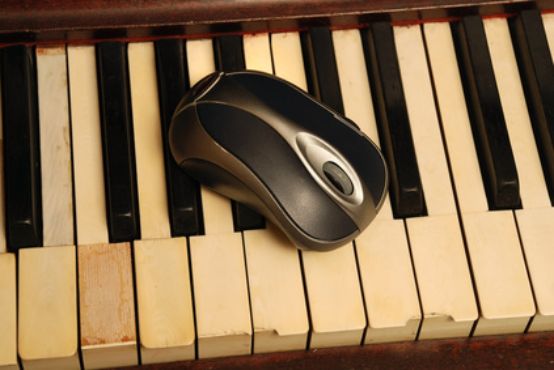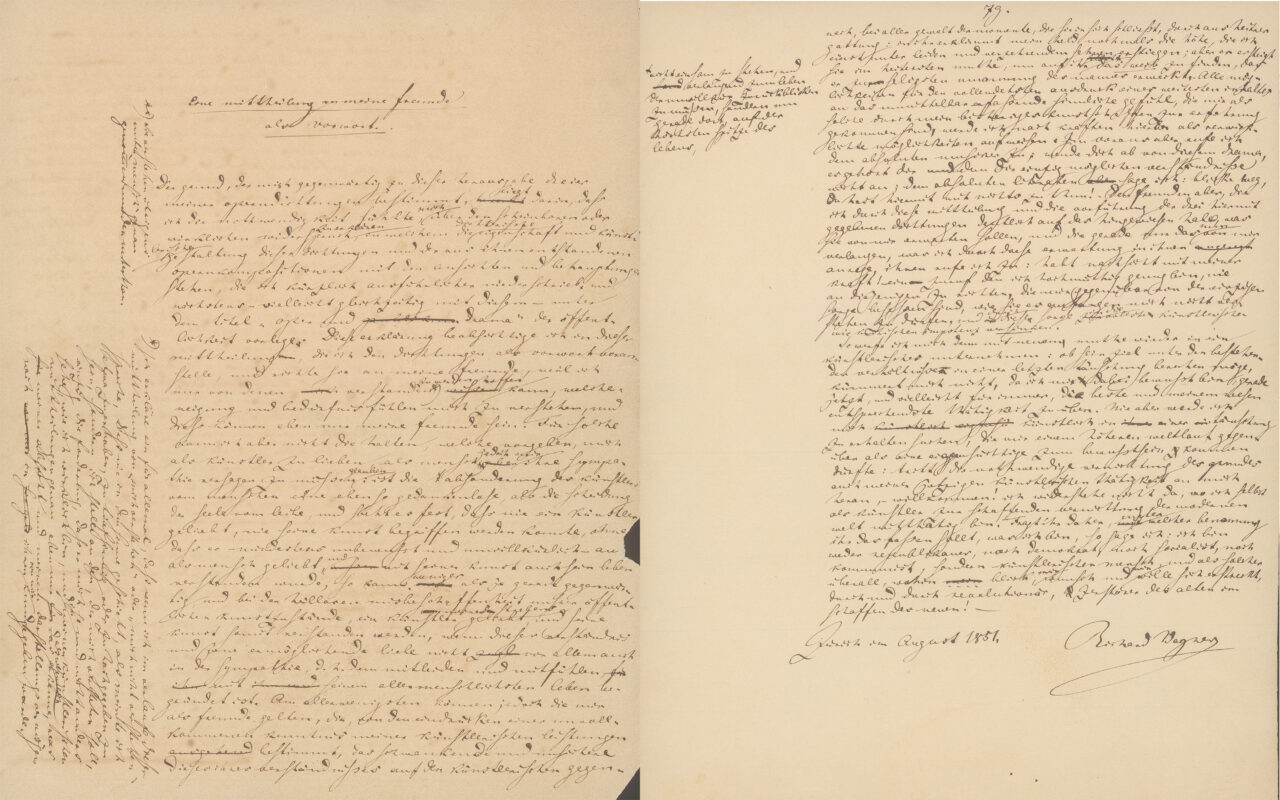Beethoven and Wagner's harmonies under the magnifying glass
Musicologist Rainer Kleinertz, who works at Saarland University, and computer scientist Meinard Müller from the University of Erlangen are working together on the digital analysis and interpretation of harmonies in works by Beethoven and Wagner.

The two want to explore how computer science can help musicology to recognize musically relevant structures, what tasks the computer can take on and whether new connections can be discovered by visualizing the harmonies.
Meinard Müller, who has already worked on similar topics at Saarland University's Computer Science Cluster of Excellence, will use signal processing methods. Audio data will be used to record and graphically process changes in harmonies. The researchers have published the results of their collaboration to date in the renowned Journal of New Music Research.
Musicologist Kleinertz is interested in when, for example, the complexity in Beethoven's piano sonatas increases and when he deviates from conventions. In Wagner's operas, on the other hand, mood changes play a central role. It will be interesting to find out whether the digital analyses lead to new cross-references that have not yet been recognized in the approximately 16-hour work through pure listening or score reading.
With the new digital tools that are to be developed in the research project, the musicologist also wants to be able to better interpret pieces that have so far eluded harmonic analysis.
The German Research Foundation is funding the joint project between musicology and computer science with a total of 540,000 euros over three years. Researchers at Saarland University and Friedrich-Alexander-Universität Erlangen-Nürnberg will each receive half of the funding.







